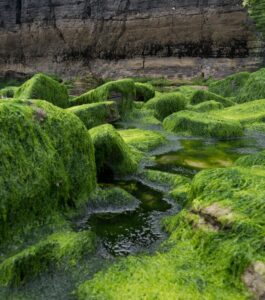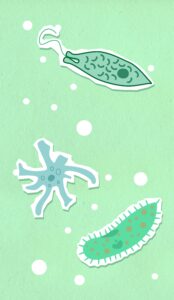Biological Classification –
What is Biological Classification –
It is the arrangement of living organism according to their common characteristics and placing them into particular Place of Taxonomical group
Biological Classification 11 Biology NCERT Solution –
Q 1) Discuss how Classification System have undergone several changes over a Period of Time ?
Solution-
What is Biological Classification –
It is the arrangement of living organism according to their common characteristics and placing them into particular Place of Taxonomical group
it has undergone many changes lets discuss how it is Changed in a Period of time
the classification of living organism tracs into the history lets see it
a) Aristotle –
Aristotle was the First Person who make biological classification of the living organism
he made the classification of living organism based on the Morphological character as follows
Plants- he classify Plants into
Trees, Shrubs, and Herbs
Animals – he classify animals into
1) Those who have Red blood
2) Those who did not have Red blood
Aristotle is considered as Father of Biology
b) Carl Linnaeus –
Was a Swedish Biologist
Carl Linnaeus is known as Father of Modern Taxonomy
he Made biological classification of living organism into 2 Kingdom
1) Plantae
2) Animalia
but this classification dos not include the Microbes , Single celled organism therefore this system found be insufficient
c) Ernst Haeckel –
Was a German Zoologist
Haeckel Made biological classification of living organism into 3 Kingdom
1) Kingdom Protista
2) Kingdom Plants
3) Kingdom Animals
d) Kopland –
He made biological classification and classify living organism into 4 Kingdom
1) Monera
2) Protista
3) Plants
4) Animals
But still there were some organism who shows both the characteristics of plants and animals are not included in this biological classification
e) Robert Harding Whittaker –
Was an American Ecologist
R.H. Whittaker proposed Five Kingdom Classification
He Made biological classification and and classify living organism into 5 kingdom as follows –
1) Monera
2) Protista
3) Fungi
4) Plantae
5) Animalia
https://en.wikipedia.org/wiki/Robert_Whittaker_(ecologist)
Q 2) State two economically Important uses of :
a) heterotrophic bacteria
b) archaebacteria
Solution –
a) Heterotrophic bacteria –
they are most abundant in nature they have following economic uses –
1) They are very useful in the production of the of Antibiotics
2) they are useful in the production of fixing of Nitrogen in legume roots
b) Archaebacteria –
These are very special bacteria because they can live in adverse condition
Archaebacteria have following economic uses
1) They are very useful in the production of biogas
2) Archaebacteria are used in the mines
Q 3) What is the nature of cell – wall in diatoms
Solution – in Diatoms the Cell walls form Two thin overlapping shells, which fit together as in a soap box.
the walls are Embedded with Silica so these walls are indestructible.
The Living world 11 NCERT MCQ Test NEET
Q 4 ) Find out what do the terms ” algal bloom” and red-tides” signify.
Solution – Algal Bloom are mainly Found in The Water which is contaminated, algal Bloom is nothing but the overgrowth of the BGA i.e Cynobacteria
It pollute the water

Red Tide –
Red Dinoflagellates eg – Gonyaulax goes undergo very Rapid Multiplication so they make the Sea Appears to be Red in Colour ( Red Tides)
Q 5) How are Viroids different from Viruses ?
Solution – Viroids was Discovered by T.O. Diener In 1971
It differs from Virus in Following –
Viroids are are Smaller than Viruses
It lacked the Protein Coat
Q 6) Describe briefly the Four Major Groups of Protozoa.
Solution – The Protozoa are Heterotrophs and live as Predators or Parasite. They are believed to be Primitive Relatives of Animals

There are 4 Major Groups of Protozoans –
1) Amoeboid Protozoans –
Habitat – lives in Fresh Water, sea water or Moist Soil
locomotion- they move, capture their prey with the help of Pseudopodia
2) Flagellated Protozoa –
Habitat – these are either free living or Parasitic
they Possess Flagella
these causes disease such as ” sleeping sickness ”
example- Trypanosoma
3) Ciliated Protozoa –
Habitat – these are aquatic organism
Locomotion – they Locomote with the help of Cilia
example- Paramoecium
4) Sporozoans –
Example – Plasmodium
